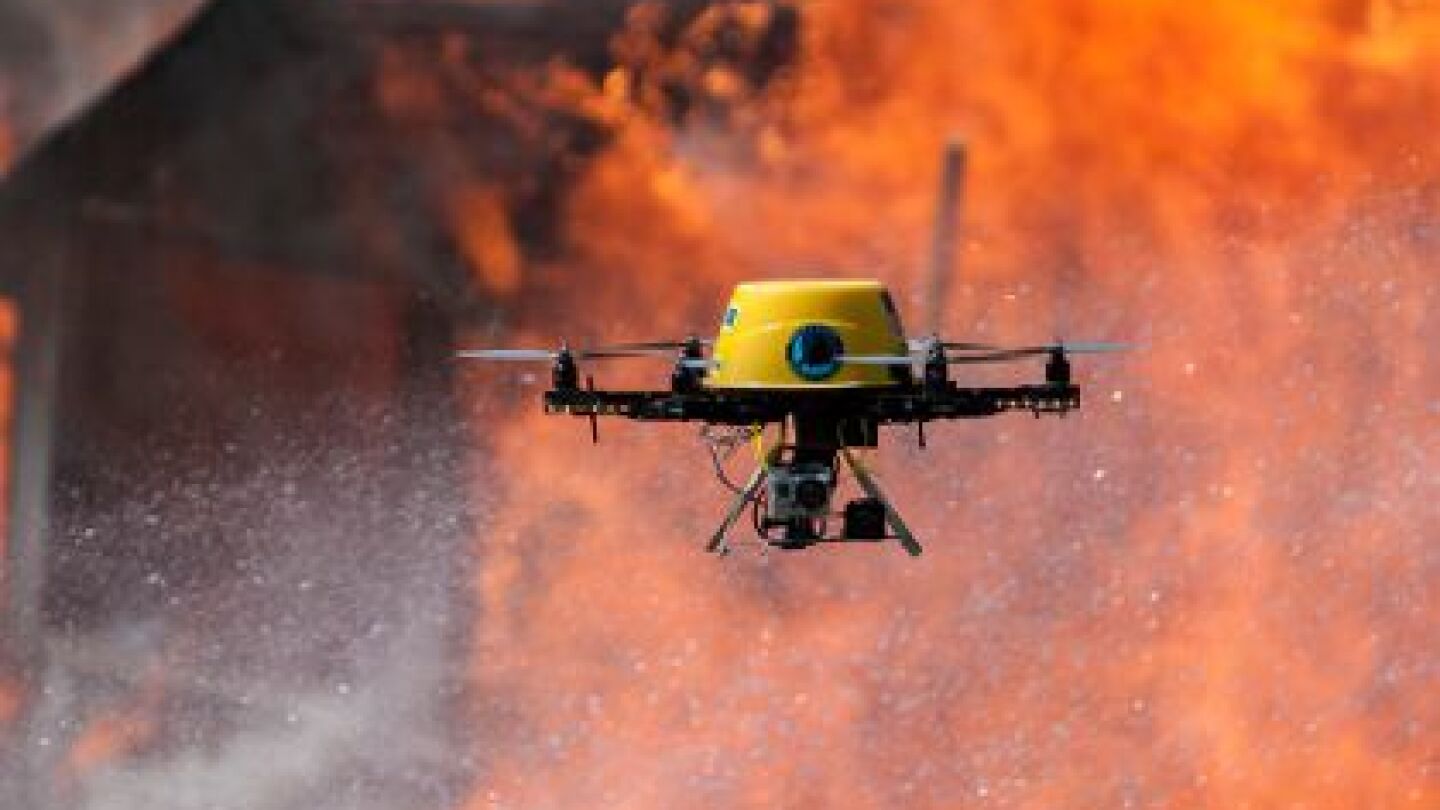Research into Firefighter Behavior & Beliefs
The FireRescue1 Research Center serves as a central access point for critical fire service research that can help drive tactical and policy changes at the local, state and federal level. Get insights into firefighter behavior and beliefs and participate in – or just review – FireRescue1 polls and surveys.
The Science Alliance team is looking for proposals for both “FRED Talks” and presentations focused on putting science into practice at fire departments
Inside the Public Safety Communications Research division’s work – and innovative Prize Challenges – to advance uncrewed aircraft system use
A new study ranks fire supervision as a prime option, so how do we make this connection for the younger members of our communities?
The “hero” culture of the fire service increases the risk of injury and death when working within multicultural communities
Based on the findings, measures could be made and targeted to the appropriate populations to prevent fire deaths
Sodium percarbonate is an ingredient in the product, which has been shown to break down fentanyl
The survey will collect data to shape policy and practice decisions for women in the fire service
The report raises awareness of emotional and behavioral health problems as well as the importance of changing culture
Meteorology instructor Jan Null said since 1998, 107 children in Texas have died in hot cars
Fire and EMS providers are asked to help evaluate community risk reduction
The study showed decision-making was often intuitive and reflexive, with officers affected by past experiences of similar incidents
Fire departments across the country are looking for ways to head off cancer; research and existing plans are out there to copy and modify
Anyone who’s exercising in extremely high temperatures should keep well hydrated and allow time to cool down
There is a six-hour window of opportunity after a traumatic event where the video game can block the haunting memories from forming
Firefighter-paramedics will wear a monitor that measures their physiological responses during each shift
Researchers ranked businesses and other locations according to how many cardiac arrests occurred within 100 meters of the locations and when they were open
The survey reveals that while Americans are prepared for a fire, many engage in behaviors that put them at risk
The survey asks residents about their preparedness and coaches them on better safety
Scientists analyzing fire data from 1992 to 2012 found that 84 percent of all U.S. wildfires were started by people
The registry would enable researchers to study the relationship between firefighters’ exposure to dangerous fumes and harmful toxins
The survey will collect data to help determine whether there should be any changes made to NFPA 1971 and 1985 standards
Review from The BMJ confirms what many paramedics, firefighters and police officers already know about shift work and its effect on sleep
The risk of dying was about 30 percent lower in weekend warriors and insufficient exercisers versus those who were inactive
Asking the right questions and applying those solutions will be critical in a rapidly changing world
About one-third of tree fires are blamed on electrical problems; the trees were also to blame for an average of 210 house fires between 2009 and 2013
The study could ultimately determine which exposures most often cause cancer
For some people, the condition is so debilitating that they have trouble going about daily routines
The report discusses a range of department issues, such as training and outdated equipment
The data linking firefighting and breast cancer is slim but growing, and this cancer strikes men as well as women
The study said human-caused global warming contributed an additional 16,000 square miles of burned forests from 1984 to 2015
The new evidence-based firefighting curriculum will be incorporated into training certification standards and adopted by all fire services in Canada
Vital sign abnormalities during rehab may indicate a medical problem requiring the firefighter to follow-up with their primary care physician
The project demonstrates a potentially safe and cost-effective disposal method for more than 619,000 gallons of the foam
MOST POPULAR
- ‘Best job in the world’: New and seasoned members alike still love the job
- FSRI releases investigative report from Ga. fire where 4 firefighters were injured
- Firefighting research looks at overhaul risk
- Injury stats among female firefighters are strikingly similar to male counterparts
- Heart attacks leading cause of firefighter deaths in 2015






















